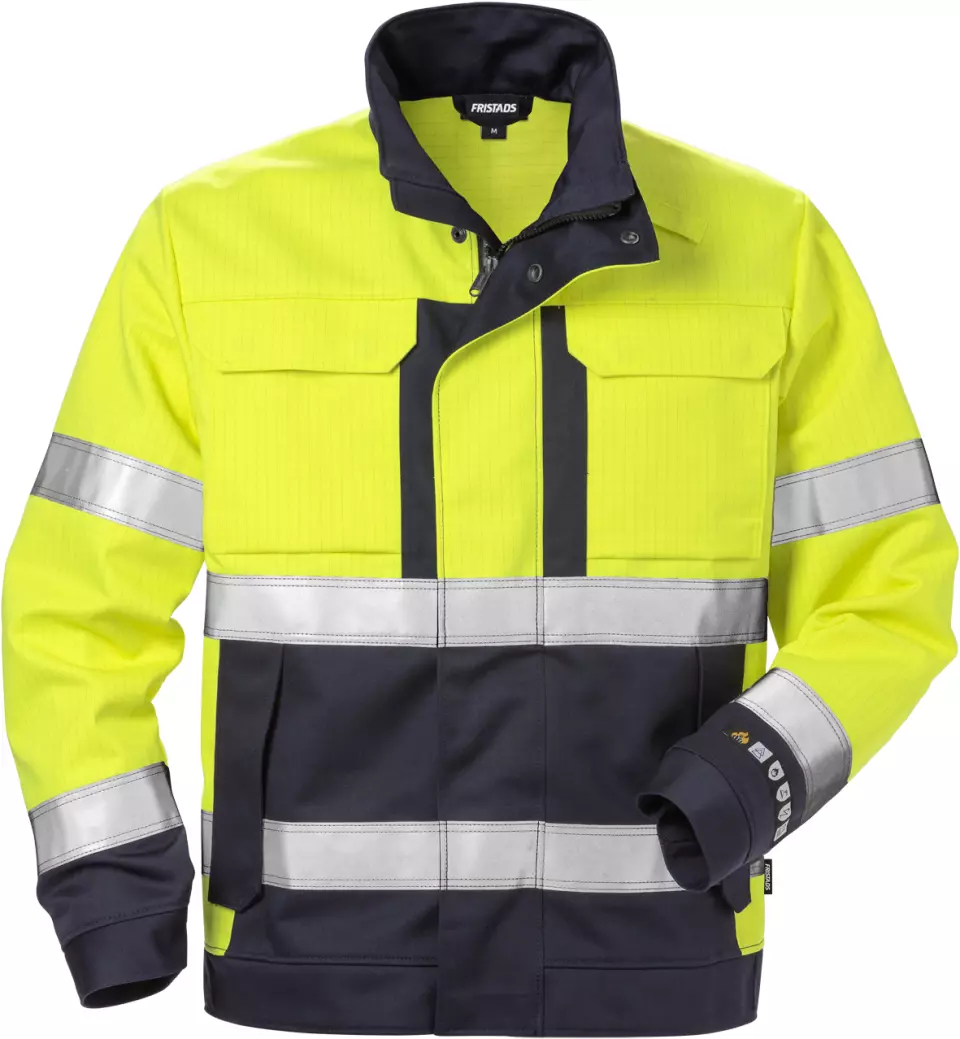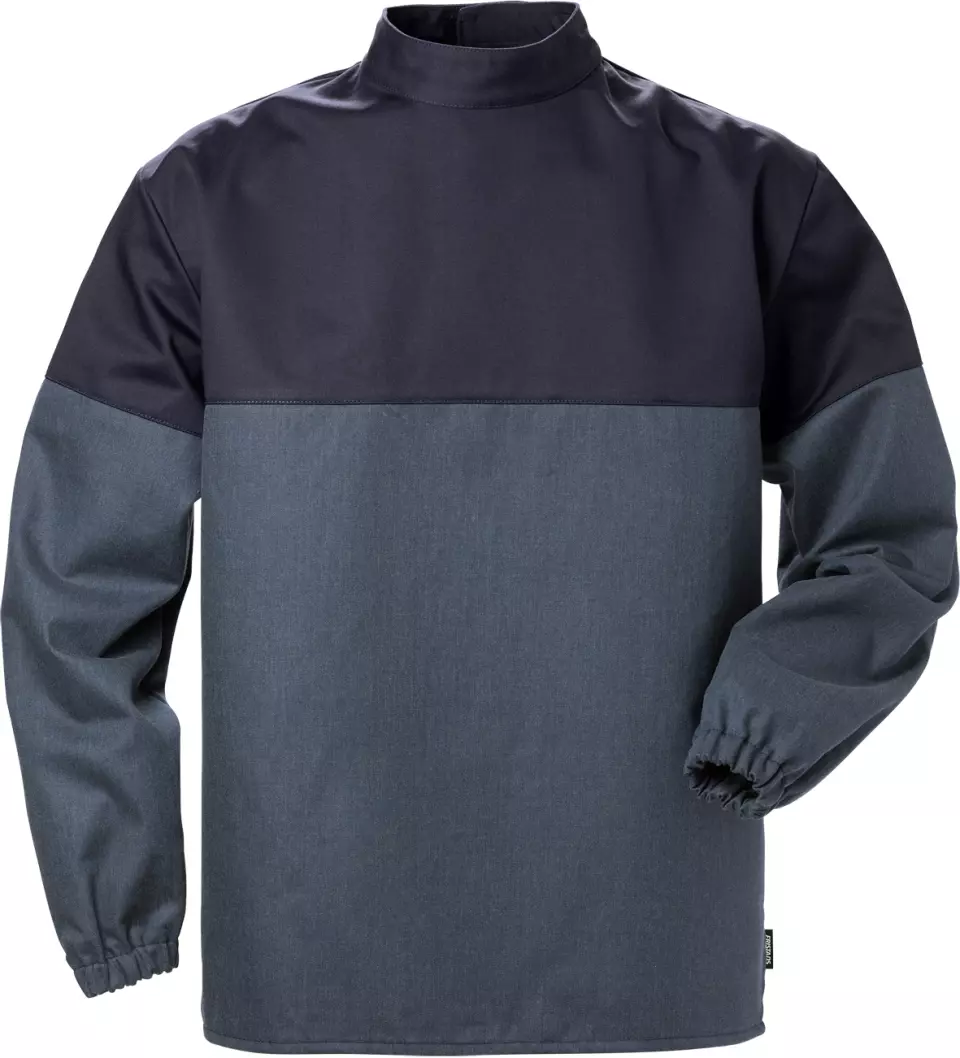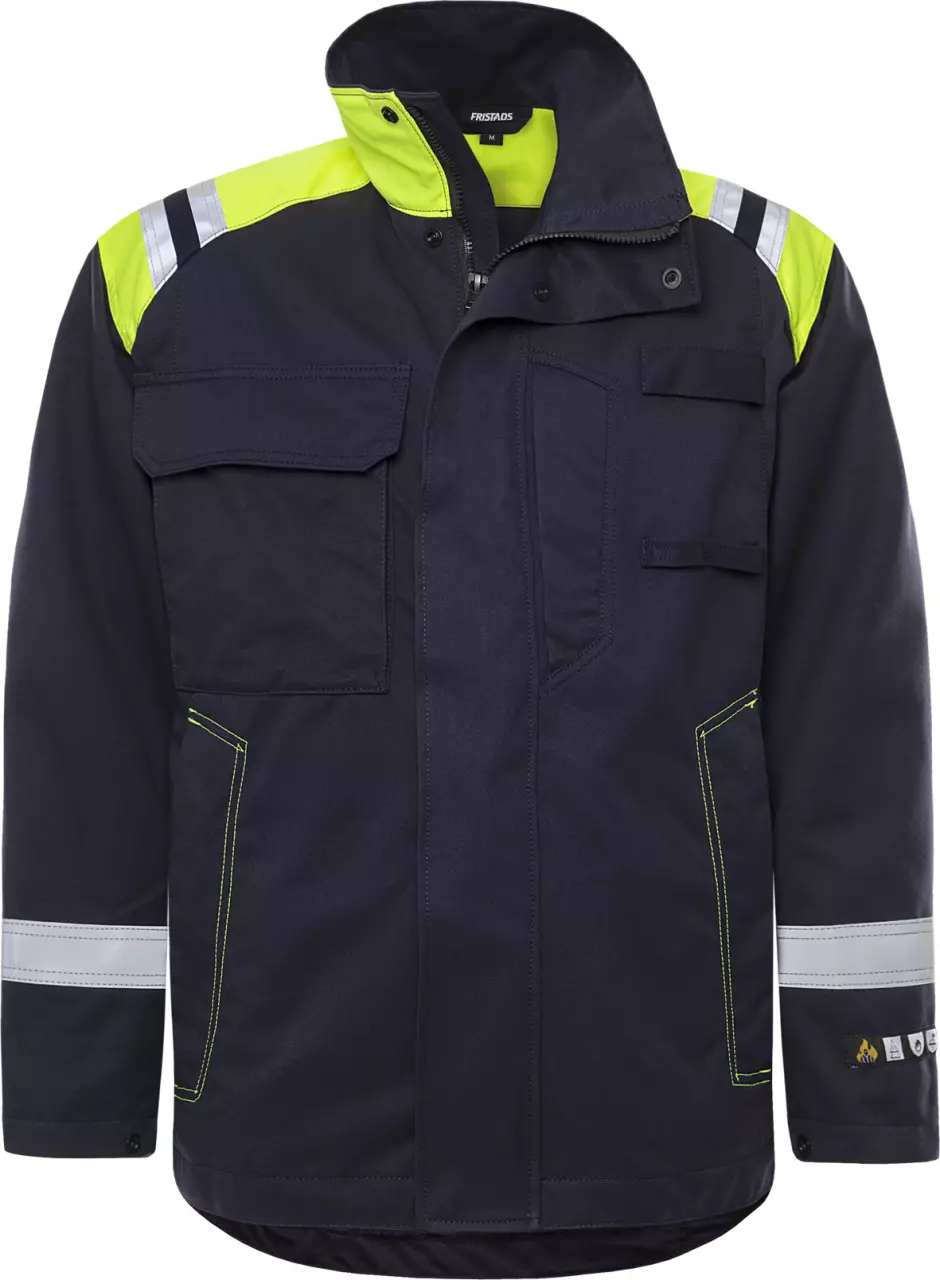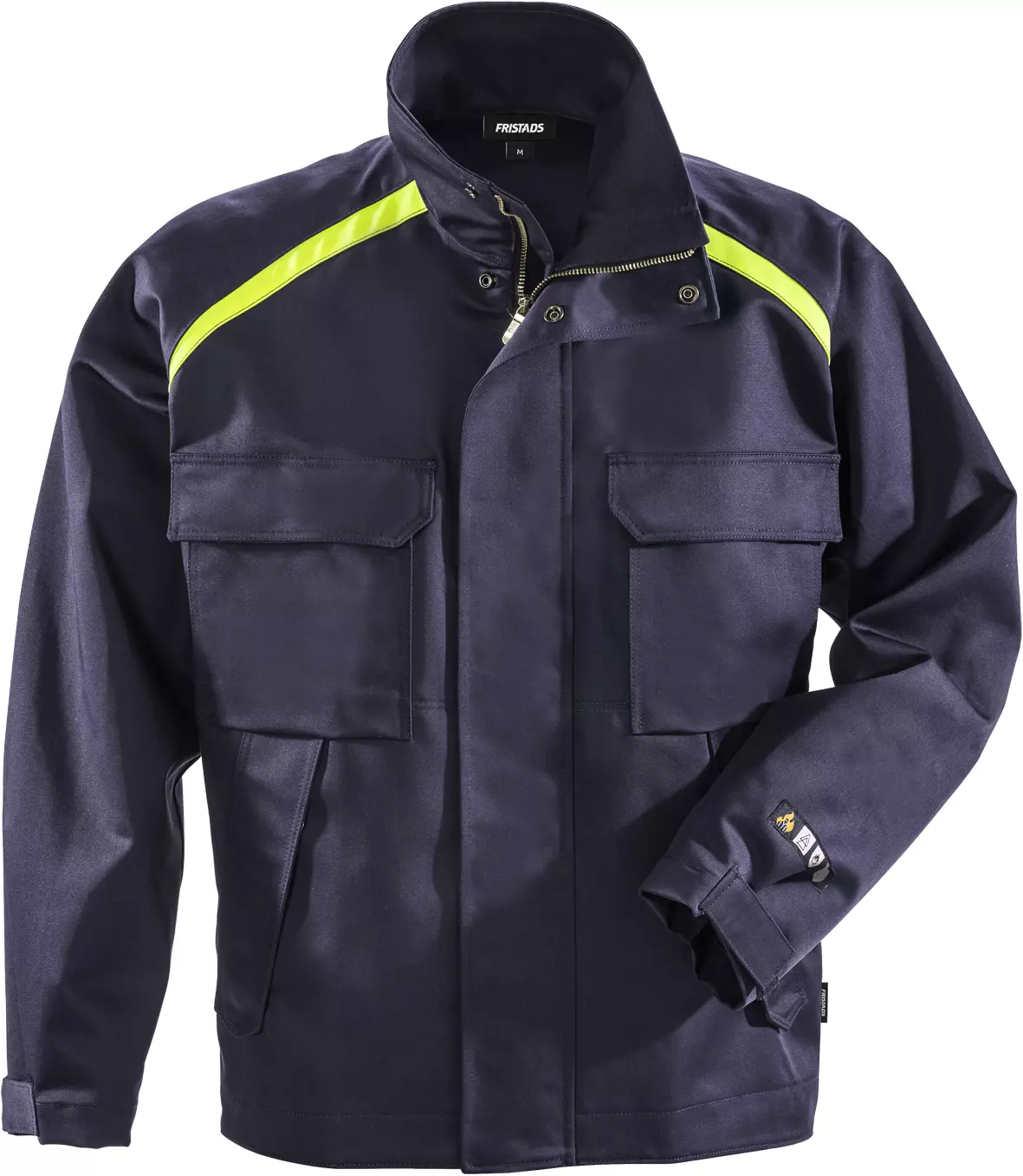
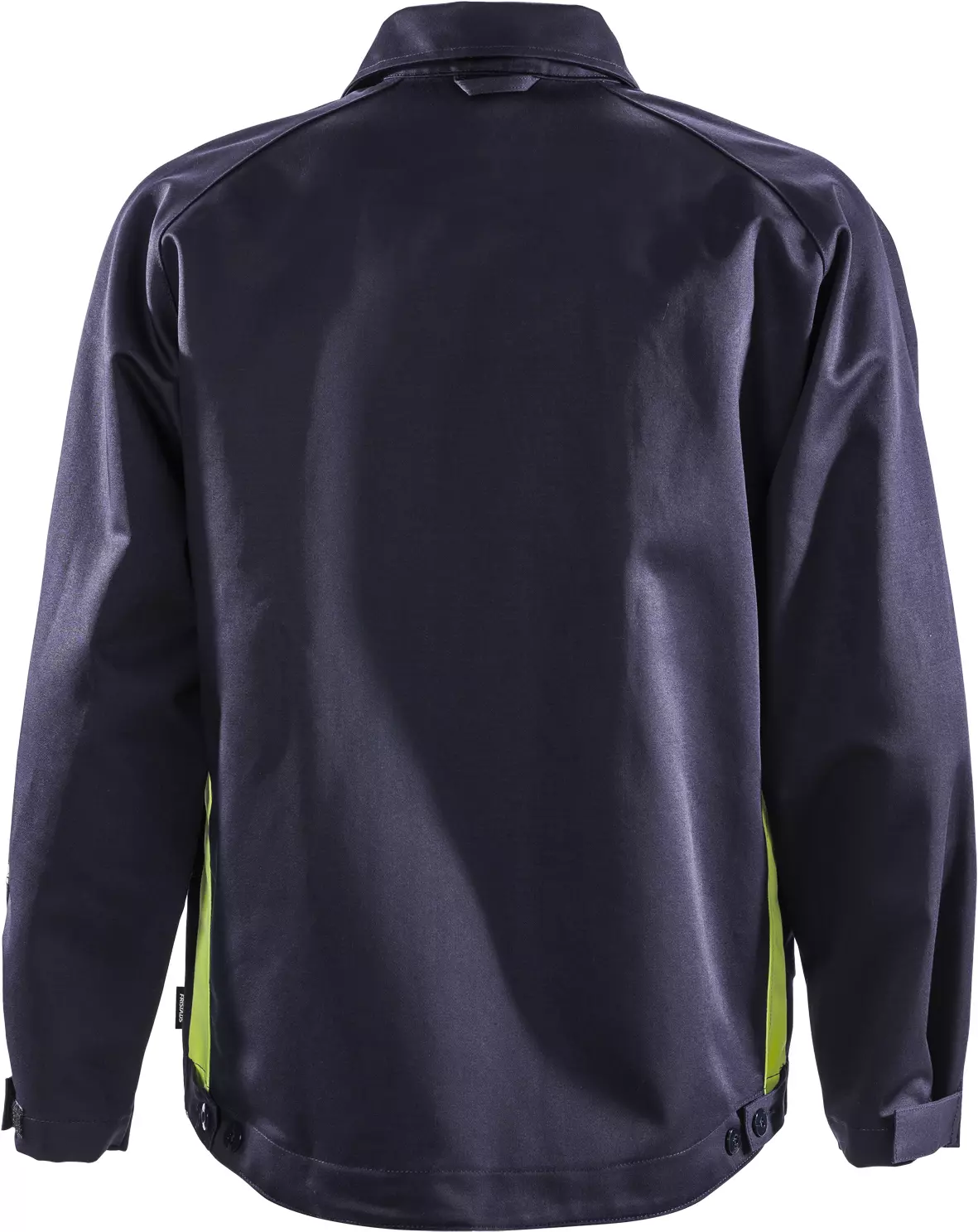
Features You'll Love
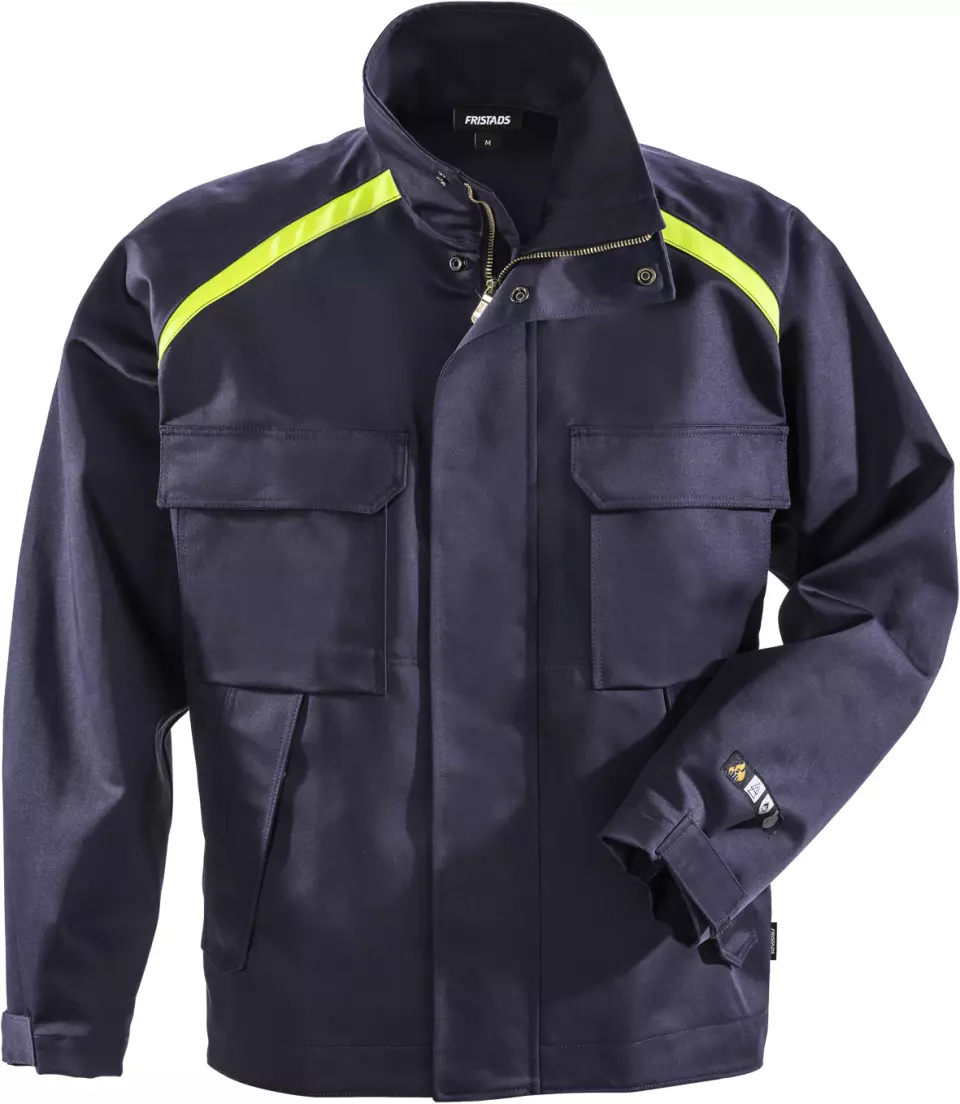
Closure Style · Zipper
The method used to fasten the jacket or vest, affecting ease of use, security, and weather protection during work activities.

Material · Cotton, Polyester
Fristads
Flame Welder's Jacket 4031 FLAM
Flame Welder's Jacket 4031 FLAM
(22)
144,95 €
Choose size
Free delivery
Features You'll Love

Closure Style · Zipper
The method used to fasten the jacket or vest, affecting ease of use, security, and weather protection during work activities.

Material · Cotton, Polyester
Product description
This welder's jacket provides comprehensive protection for welding work and other high-temperature applications. With a fabric weight of 340-365 g/m² and multiple safety certifications including arc protection and flame protection, it ensures reliable workplace safety. The jacket features a well-designed pocket system and adjustable elements for optimal wearing comfort and practical functionality.\n\nProduct Features:\n- Front pocket with zipper at the top of the collar and concealed snap closure\n- 2 chest pockets with flaps and concealed snap closure\n- Inner pocket with button and phone pocket with velcro closure and loop for earphones\n- 2 front pockets with flap and concealed snap closure\n- Adjustable sleeve cuffs with velcro closure and adjustable waist with buttons\n\nTechnical Details:\n- Grammage: 340 g/m²\n- Additional material weights: 365 g/m²\n- Extended back\n- Certified after 50 wash cycles\n- Suitable for industrial washing according to ISO 15797\n\nStandards:\n- EN 61482-1-2 APC 1\n- EN 61482-1-1-1 ELIM: 8 cal/cm² ATPV: 10 cal/cm²\n- EN ISO 11612 A1 A2 B1 C1 E3 F1\n- EN ISO 11611 A1 A2 Class 1\n- EN 1149-5\n- OEKO-TEX® certified
